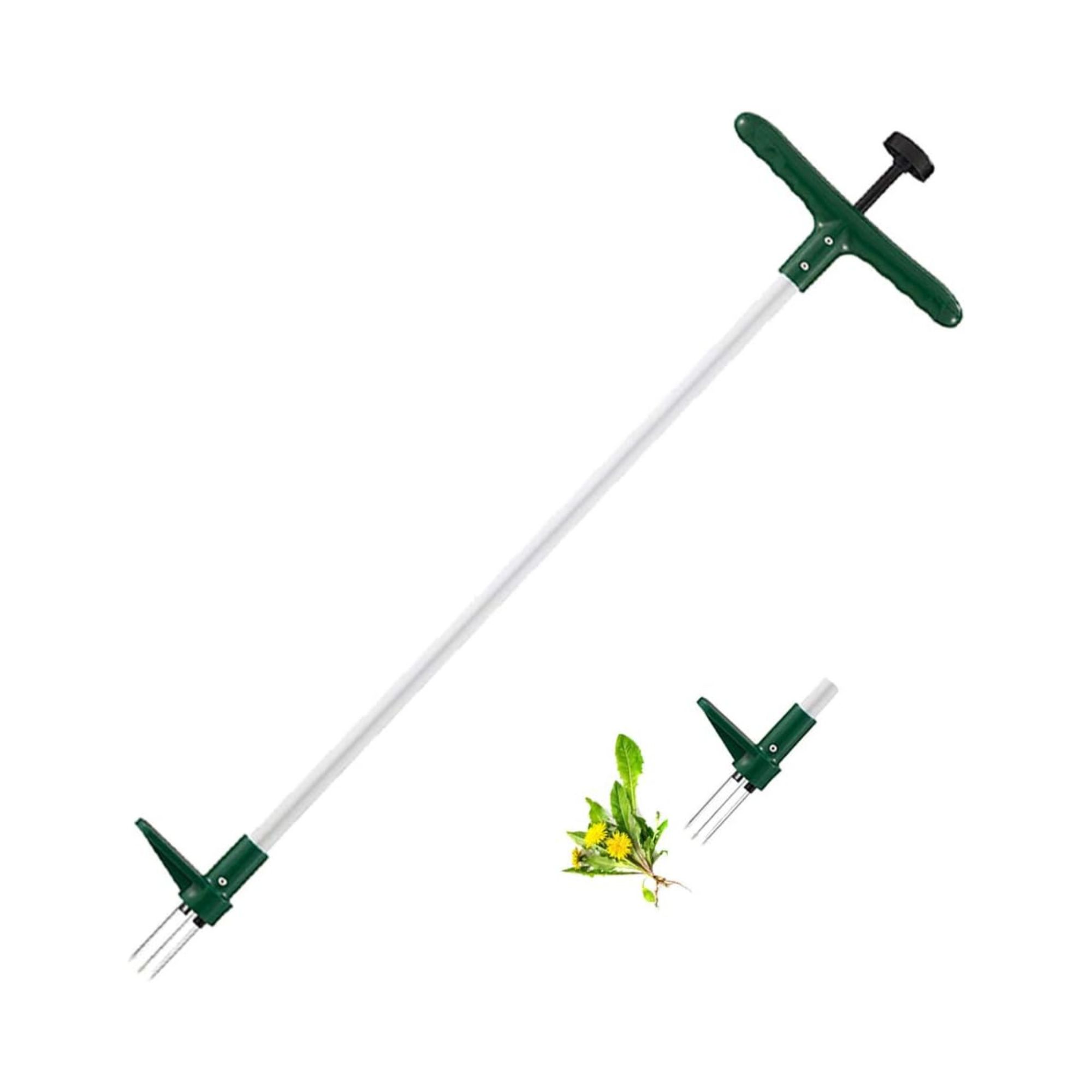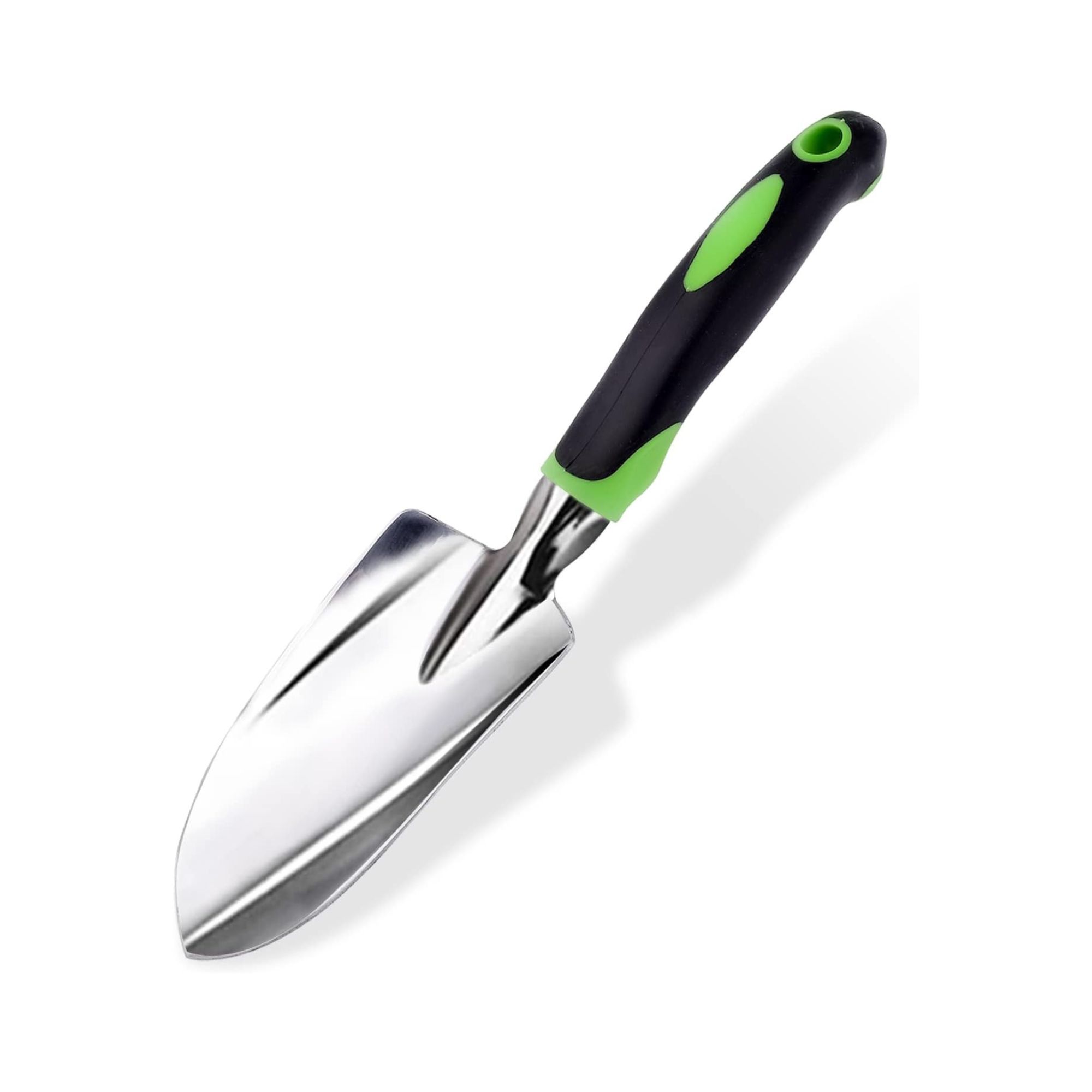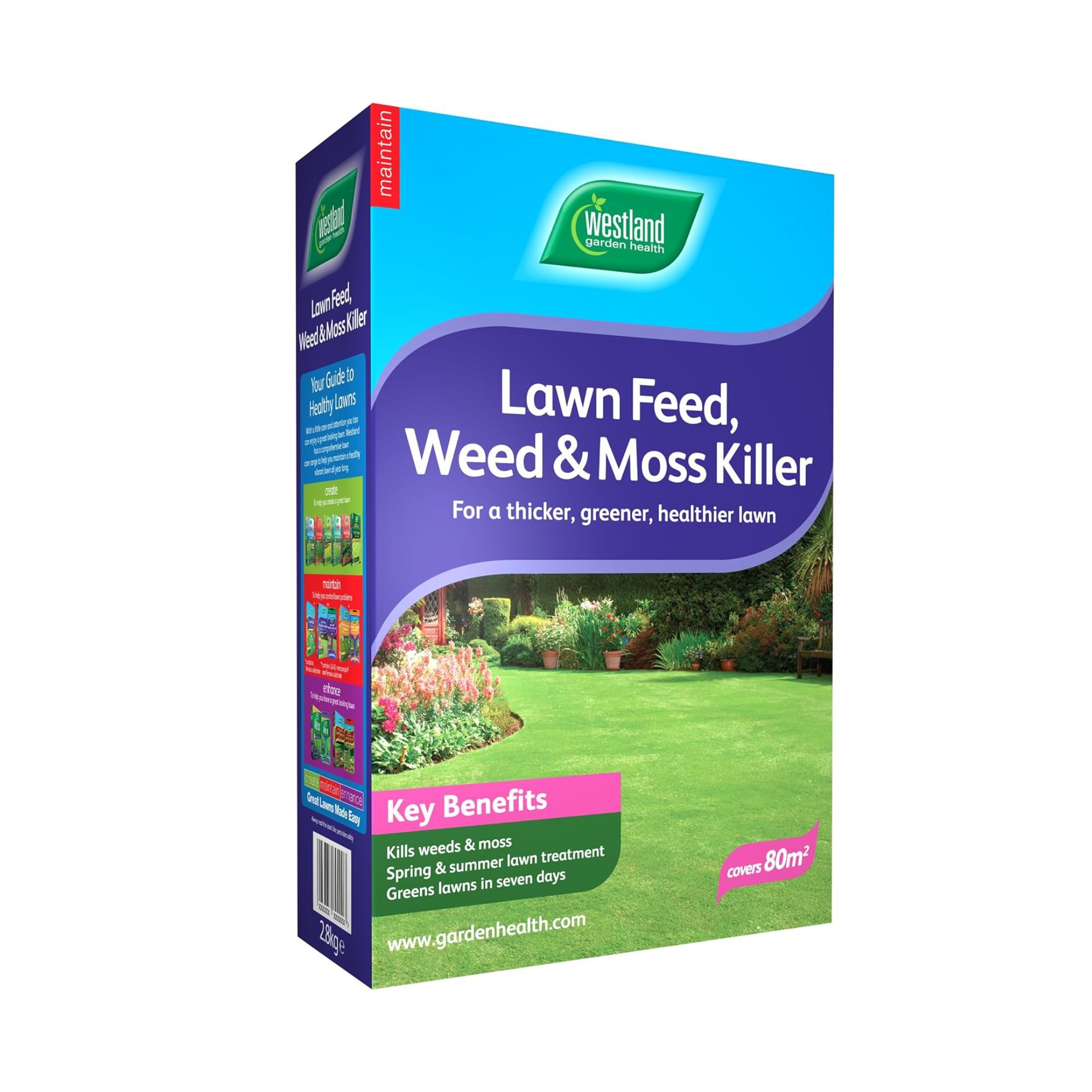How to get rid of weeds in a lawn - Experts explain your two options
A combination of both may solve your weed problems for good


If you’re wondering how to get rid of weeds in a lawn, you’re likely dealing with a lawn that’s part grass and part weeds. It doesn’t have to stay that way, though.
Yes, invasive weeds can ruin your lawn care efforts and take over your lawn in just a few days. And while there are so many ways to kill weeds, these methods typically focus on weeds in non-grassy areas of your property and would be ineffective on your lawn. In fact, hacks such as using salt to kill weeds will simply kill your grass in the process.
That’s why we’ve consulted gardening experts to find out how to get rid of weeds in a lawn once and for all. And the good news is that you have two different options to choose from, no matter whether you want to opt for a natural method or go all-out with a weed killer and lawn feed.
How to get rid of weeds in a lawn
‘Even the most manicured lawns can succumb to the invasion of persistent weeds. These unwanted guests can quickly spread if ignored,’ explains Tony Williams, Estates Manager at Mount Ephraim Gardens. ‘Fortunately, addressing this issue is straightforward, particularly during the active growth periods of spring and early summer when weeds are most visible.’
So, this is how to get rid of weeds in a lawn.

Tony is a keen and experienced gardener who has worked in horticulture across a variety of sites, including Canterbury Cathedral. He is extremely interested in sustainable gardening and strives to avoid polluting chemicals in fertiliser and pest control. He is dedicated to preserving natural resources and reducing water waste wherever possible.
What you’ll need
Step-by-step
1. Identify the weeds
Unfortunately, weeds come in all different shapes and sizes, and the key to getting rid of them in a lawn is identifying them first.
Tony says, ‘Weeds are aggressive plants that strive for the same resources as your grass. Typical culprits include dandelions, daisies, clover, and oxalis. These weeds often reveal themselves through flowering, which serves as an early sign of invasion. Additionally, a lawn that looks uneven and patchy might indicate the presence of these invasive plants.’
However, it’s also important to note that there are two main types of weeds: annual and perennial. As you can tell by the name, annual weeds will die after one growing season, while perennials will come back year after year if not dealt with properly.

That’s why it’s a good idea to understand which weeds need to go and which weeds you can leave in your garden. When you’ve identified the weeds you want to get rid of in your lawn, you then need to time your de-weeding efforts properly.
Tom Hamilton, CCO of WeedingTech, says, ‘Watch out for weeds that are beginning to flower, as they'll soon set seed, and this will compound your weeding problems. Spring is the most common time to spot weeds germinating as the soil starts to warm up.’
So, try and remove weeds from your lawn during the spring or summer months while the grass is still actively growing.
2. Manually remove them
If you just have a few big weeds dotted around your lawn, or you just want to opt for the most environmentally friendly way to remove weeds, pulling them up manually should do the trick.
‘For the average gardener, we'd just recommend you try using good-old manual weed control methods,’ says Tom. ‘Dig out the weed as best you can using a hand shovel, trying to take out as much of the root as possible, and do this on a repeated basis as required.’

When you’ve removed the weed, you can then fill the hole with compost and sprinkle grass seed over the top. Keep watering the area until the seed has germinated, and the grass should grow back within weeks.
But if you don’t fancy getting on your hands and knees to remove weeds using a shovel, you could opt for a weed puller instead. This nifty garden tool means you can pull the weed head and the root from the ground without getting your hands dirty.
3. Use a weed and feed fertiliser
If weeds have completely destroyed your lawn and manual extraction won’t quite cut it, using a weed and feed fertiliser is your second option. This is a combination of weed killer and grass feed in one single solution.
Tony says, ‘When using a weed and feed fertiliser, you're not only providing essential nutrients to your grass and its roots but also eliminating unwanted weeds.’
Using this product isn’t as simple as spraying or spreading the fertiliser and leaving your lawn to its own devices, though. You need to make sure that you apply it correctly and complete the correct aftercare.
‘It's crucial to adhere to the product's instructions to apply the correct dosage,’ adds Tom. ‘Most weed killers show results within two weeks, indicated by the discolouration of weeds and potentially moss in your lawn. After achieving the desired outcome, scarify the treated areas and reseed if necessary.’
4. Combine both methods, if possible
The invasive nature of weeds means that improper extraction could cause the weeds to come back sooner than you'd like. Because of this, Tom suggests combining both methods if possible - and only if you’re comfortable using a weed killer on your grass. It won’t suit everyone, though.
He says, ‘If your lawn is well-established (over six months old), combining both methods might be most effective. However, steer clear of using Weed & Feed products on lawns that are newly seeded.’

In fact, using this concoction on newly seeded grass may disturb the growth of the new seed. But when used properly, this concoction can be the answer to all of your lawn woes.
After all, ‘Feeding your lawn will help stimulate growth, thus helping the grass compete for space against invading weeds,’ adds Tom.
4. Keep on top of lawn care
How often do you see weeds on a golf course? That’s because a well-cared-for lawn is less likely to suffer from weed growth.
So, it’s important to focus on the health of your grass and make sure that you’re regularly feeding, aerating, and scarifying your lawn. This will encourage grass growth, ultimately reducing the chances of weed growth.
Of course, you should also use one of the best lawnmowers to cut your grass regularly, ensuring it isn’t too short and making sure you don’t damage the grass in the process (by cutting the grass when it’s wet, for example).
Guy Barter, Chief Horticulturalist at RHS, explains, ‘Mowing exerts severe pressure on plants and only those with the growing portion at ground level (grasses) or have rosettes of leaves (daisies for example) or leafy shoots pressed against the soil (e.g. speedwells ) can survive. Therefore, close and frequent mowing is important in keeping lawns weed-free.’

FAQs
Can you kill weeds without killing grass?
Yes! Although using bleach or salt to kill weeds will kill the grass, there are two methods to get rid of weeds in a lawn without killing it in the process.
Your first option is to remove the weeds manually using a shovel or a weed puller. When you do this, you need to ensure that you also remove the roots, fill the hole with compost, and then sprinkle grass seed on top.
Your second option is to use a weed and feed fertiliser. As well as killing weeds and moss, it will also serve as a grass feed and promote a healthier and thicker lawn.
What is the best treatment for weeds in the lawn?
If you don’t want to use any chemicals, pulling the weeds out manually is the best treatment. This isn’t always effective, though, as many people don’t pull the whole root out of the ground in the process.
Because of this, many experts would edge towards a weed and feed fertiliser. This will kill all of the weeds in your lawn while making it even easier for your grass to thrive.
So, which option will you choose?
Get the Ideal Home Newsletter
Sign up to our newsletter for style and decor inspiration, house makeovers, project advice and more.

Lauren Bradbury has been the Content Editor for the House Manual section since January 2025 but worked with the team as a freelancer for a year and a half before that. She graduated with a Bachelor’s degree in English and Creative Writing from the University of Chichester in 2016. Then, she dipped her toe into the world of content writing, primarily focusing on home content. After years of agency work, she decided to take the plunge and become a full-time freelancer for online publications, including Real Homes and Ideal Home, before taking on this permanent role. Now, she spends her days searching for the best decluttering and cleaning hacks and creating handy how-to guides for homeowners and renters alike, as well as testing vacuums as part of her role as the Ideal Home Certified Expert in Training on Vacuums, having spent over 110 hours testing different vacuum models to date!
-
 5 signs you’ve taken decluttering too far — and how you can pull yourself back, according to organisation experts
5 signs you’ve taken decluttering too far — and how you can pull yourself back, according to organisation expertsYou might have to start resisting the urge to purge
By Lauren Bradbury
-
 What is the Party Wall Act 3m rule and is it something you should be worried about? This is what the experts say
What is the Party Wall Act 3m rule and is it something you should be worried about? This is what the experts sayDon't get caught off-guard by the Party Wall Act 3m rule — our expert guide is a must-read
By Natasha Brinsmead
-
 Shoppers can’t get enough of The Range’s lemon tree, but I’ve found an even cheaper bestseller at B&Q - it’s perfect for a Mediterranean look
Shoppers can’t get enough of The Range’s lemon tree, but I’ve found an even cheaper bestseller at B&Q - it’s perfect for a Mediterranean lookWelcome the summer with this glorious fruit tree
By Kezia Reynolds


